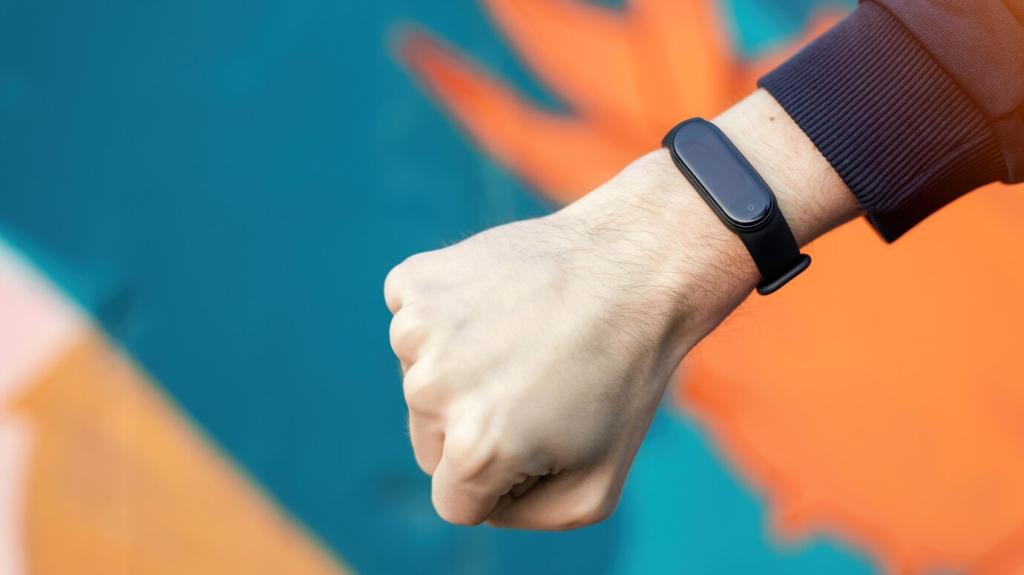Integrating IoT with Wearable Mobile Applications
Chosen theme: Integrating IoT with Wearable Mobile Applications. Join us as we connect sensors, firmware, mobile apps, and cloud services into experiences that feel immediate, human, and helpful. Subscribe to follow the build, share your ideas, and tell us which integrations you want us to unpack next.

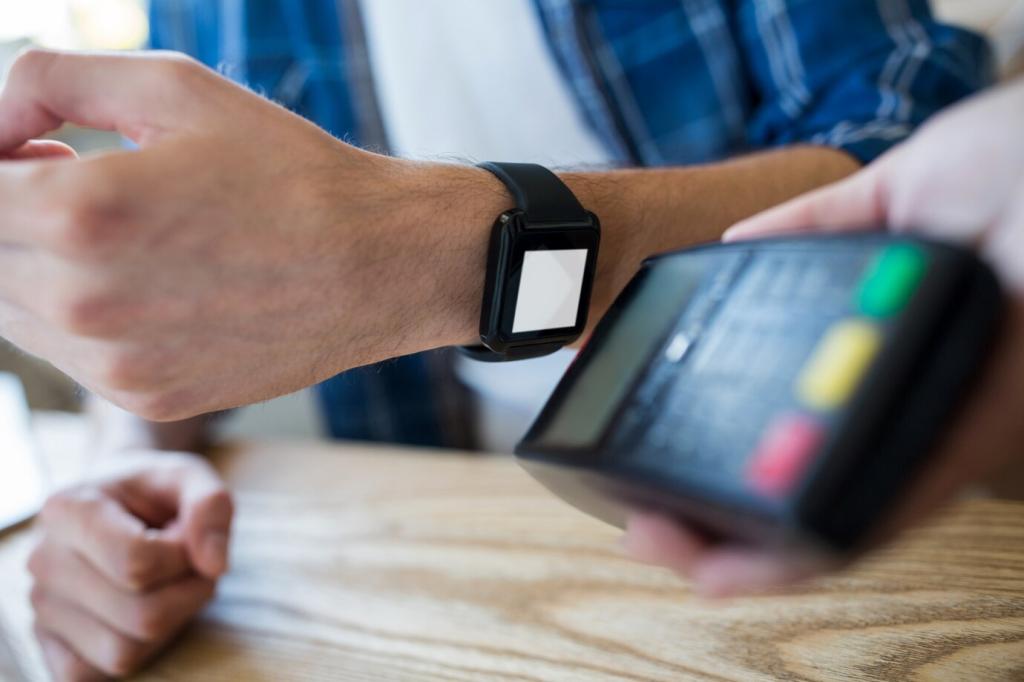
From Sensor to Signal
Start with reliable sensing: accelerometers, PPG, temperature, and ECG must produce timestamped, calibrated signals before anything else matters. Calibrate at manufacturing and first-run, store offsets on-device, and normalize units in the app. Tell us which sensors challenge you most, and we’ll dive deeper with pragmatic configuration tips.
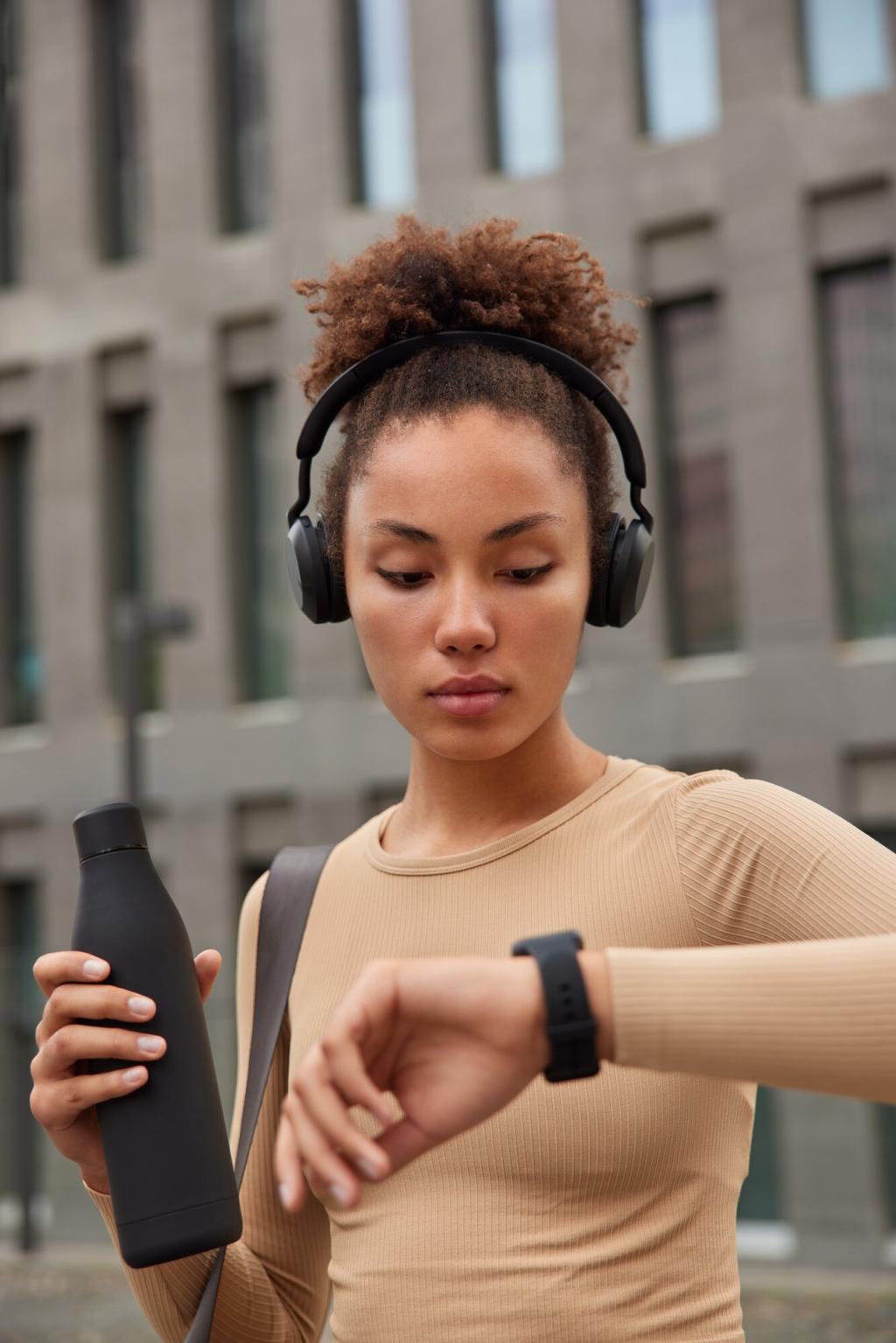
Phone as an Intelligent Gateway
Wearables conserve power by speaking minimally; the mobile app bridges to the cloud, handling BLE connections, batching, and retries. Use background tasks, Core Bluetooth or Android BLE, and local persistence to survive app kills. Comment if you struggle with background execution limits, and we’ll share resilient patterns that actually ship.
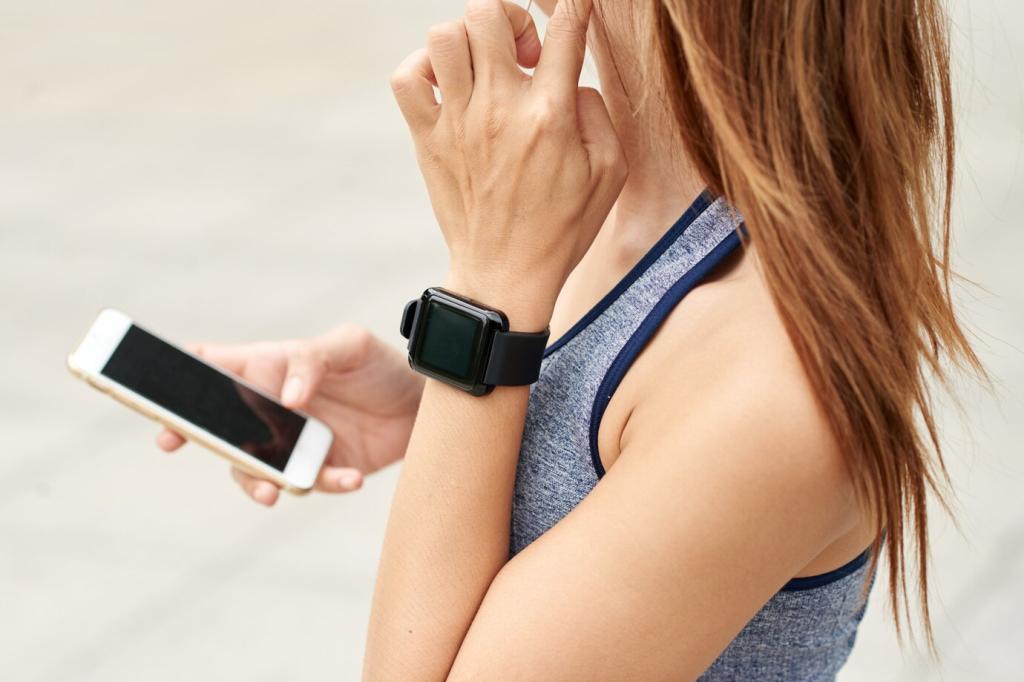
Designing for Moments, Not Modules
Users remember moments: a timely nudge to stand, a silent vibration before a panic spike. Architect modules, but measure moments. One reader shared a haptic medication reminder that reduced missed doses by thirty percent. Subscribe for field-tested playbooks that turn signal flows into small, meaningful wins people feel daily.
Connectivity Protocols That Actually Work
Tune connection intervals, MTU size, and PHY to match your data profile. Keep characteristics small and predictable, batch notifications, and avoid chatty handshakes. Bond only when needed and rotate keys. Share your BLE pain points in the comments; we’ll compare interval profiles that extended battery life without losing data.
Edge Intelligence and Context

TinyML on the Wrist
Quantize models, prune aggressively, and fuse sensor features on-device for step counting, fall detection, or arrhythmia screening. Run feature extraction at low rates and wake the radio only on events. Comment if you want a tutorial on converting a Python prototype into an optimized TinyML pipeline ready for production.

Micro-Interactions that Respect Attention
Haptic patterns, short glances, and glanceable cards beat long notifications. Tie intensity to confidence and context, not just thresholds. A gentle double-tap can mean “good job”; a firm buzz can signal “urgent.” Share your interaction experiments; we’ll compile a library of haptics mapped to common wearable IoT scenarios.
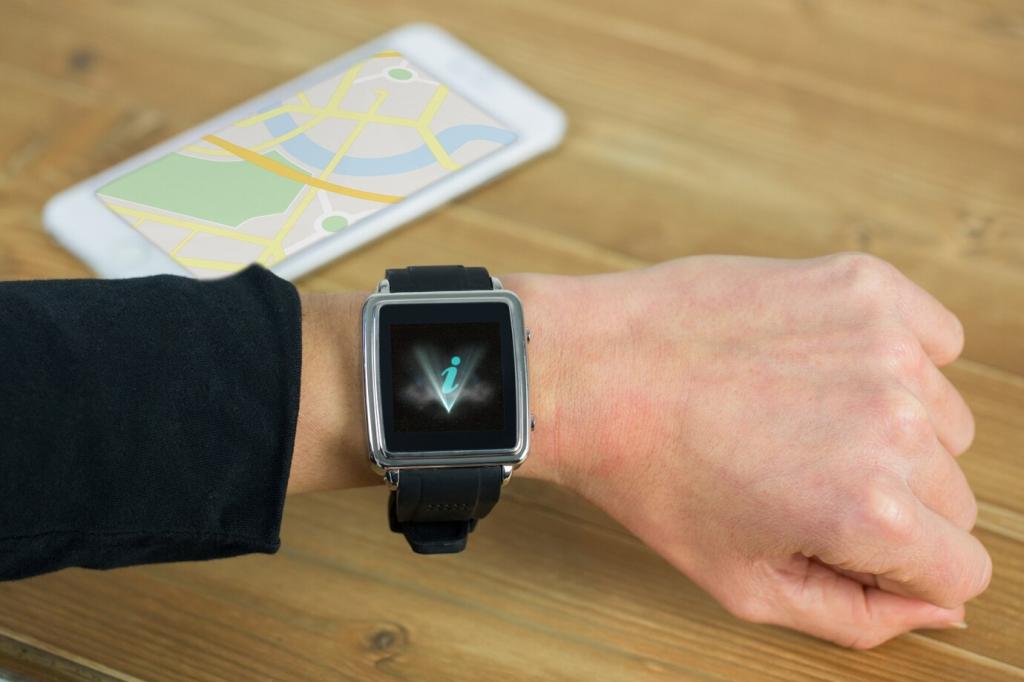
Anecdote: Fall Detection that Learned
A pilot with seniors triggered too many false alarms during weekend gardening. We added a lightweight context feature for repetitive micro-vibrations from tools and the alerts calmed instantly. Subscribe for our case study and code snippets on feature gating that improved precision without a cloud round-trip.
Data Pipelines and Cloud Integration
Event Schemas and Digital Twins
Define a stable envelope: device ID, firmware version, schema version, time base, and units. Represent each wearable as a digital twin with desired and reported states. Ask for our template if you need a starter schema that survives product pivots without breaking mobile and analytics pipelines.
Stream Processing that Scales
Use a stream backbone for ingestion and windowed analytics, then materialize views for the app. Keep hot paths lean and archive raw signals to cold storage. Comment with your stack, and we’ll recommend partitioning keys and retention strategies that keep costs sane as daily active devices grow.
Health Ecosystems and Standards
Bridge to Apple HealthKit, Google Fit, and FHIR when appropriate, but maintain your authoritative timeline. Map units carefully and avoid double counting when users connect external devices. Subscribe if you’d like a compatibility checklist for reconciling wearable records with clinical systems without surprising your users or providers.

Secure Pairing, Rotation, and Updates
Use authenticated pairing, ECDH for key exchange, and rotate session keys periodically. Sign firmware, verify at boot, and fail safely. If you need a hardening guide for wearable–mobile links, comment below and we’ll publish a checklist tailored to common BLE and mobile OS constraints.
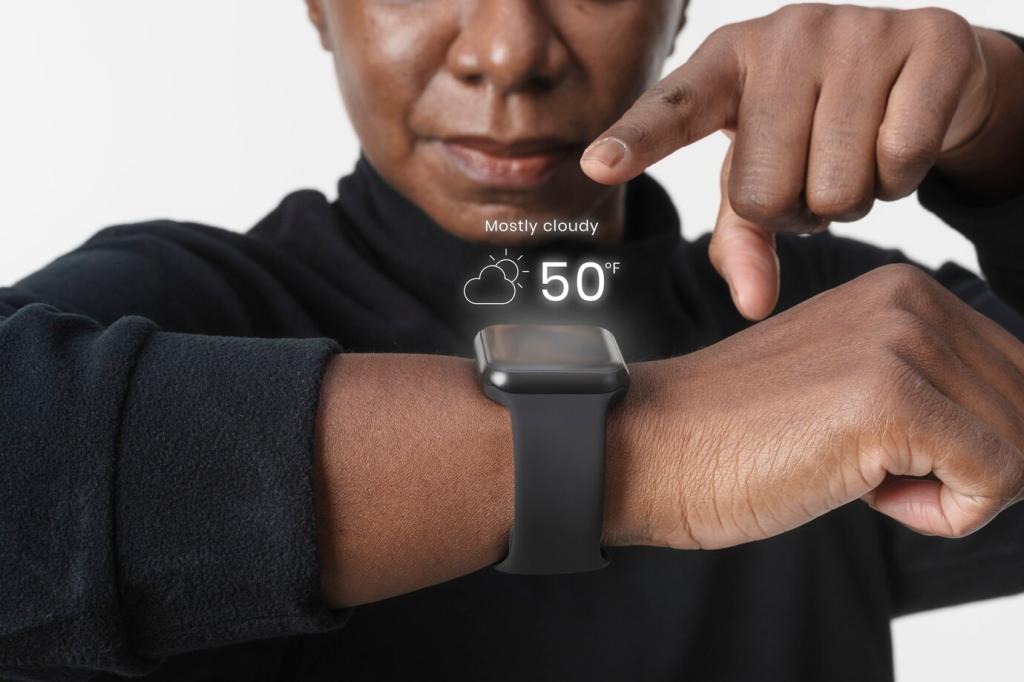
Minimize, Anonymize, and Obtain Consent
Collect the least data necessary, strip identifiers early, and present clear purpose explanations. Offer granular toggles and export options. Align with GDPR and HIPAA where relevant. Tell us your toughest consent UX questions, and we’ll workshop copy and flows that increase opt-in without dark patterns.

Threats in the Wild
Plan for passive sniffing, replay attempts, rogue updates, and ownership transfer mishaps. Instrument security events and alert quietly when something looks off. Subscribe to get our incident playbooks and threat models adapted to everyday wearable behaviors like charging, sharing, and switching phones.
Battery Math and Radio Budgets
Translate features into milliamp-hours. Model how connection intervals, advertisement rates, and sensor duty cycles add up. Profile often with real wear patterns, not lab guesses. Share your hardest drain culprits, and we’ll suggest scheduling tricks that saved weeks of battery life on coin-cell devices.
Materials, Fit, and Signal Quality
Strap tension changes PPG, sweat affects skin impedance, and winter sleeves can ruin a good proximity sensor. Collaborate with industrial design early. Comment if materials have bitten your measurements; we’ll compile lab protocols that correlate fit and fabric choices with reliable signal quality.
Firmware Strategies for Longevity
Prefer state machines over threads, compress payloads, and batch logs. Use adaptive sampling that respects user context and health. Subscribe if you want a reference implementation showing how dynamic duty cycling can stretch battery life without sacrificing timely alerts or trend accuracy.
Testing, Telemetry, and Continuous Delivery
Create data simulators for edge cases, then validate with hardware-in-the-loop rigs that exercise radio and timing. Automate regression on every build. Tell us your flakiest tests, and we’ll share patterns for stabilizing BLE timing and background execution on both iOS and Android.
